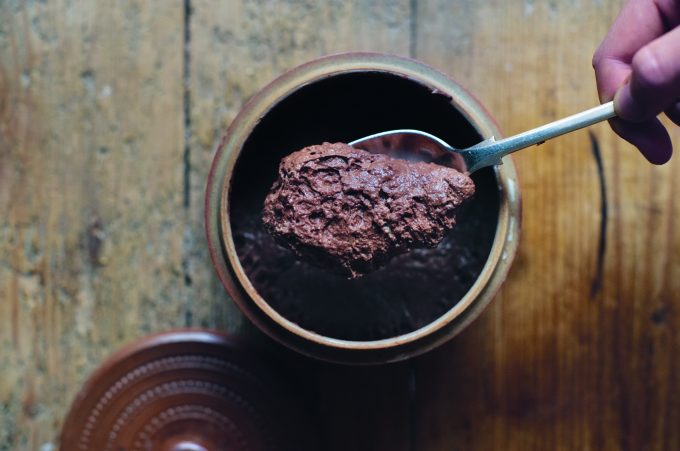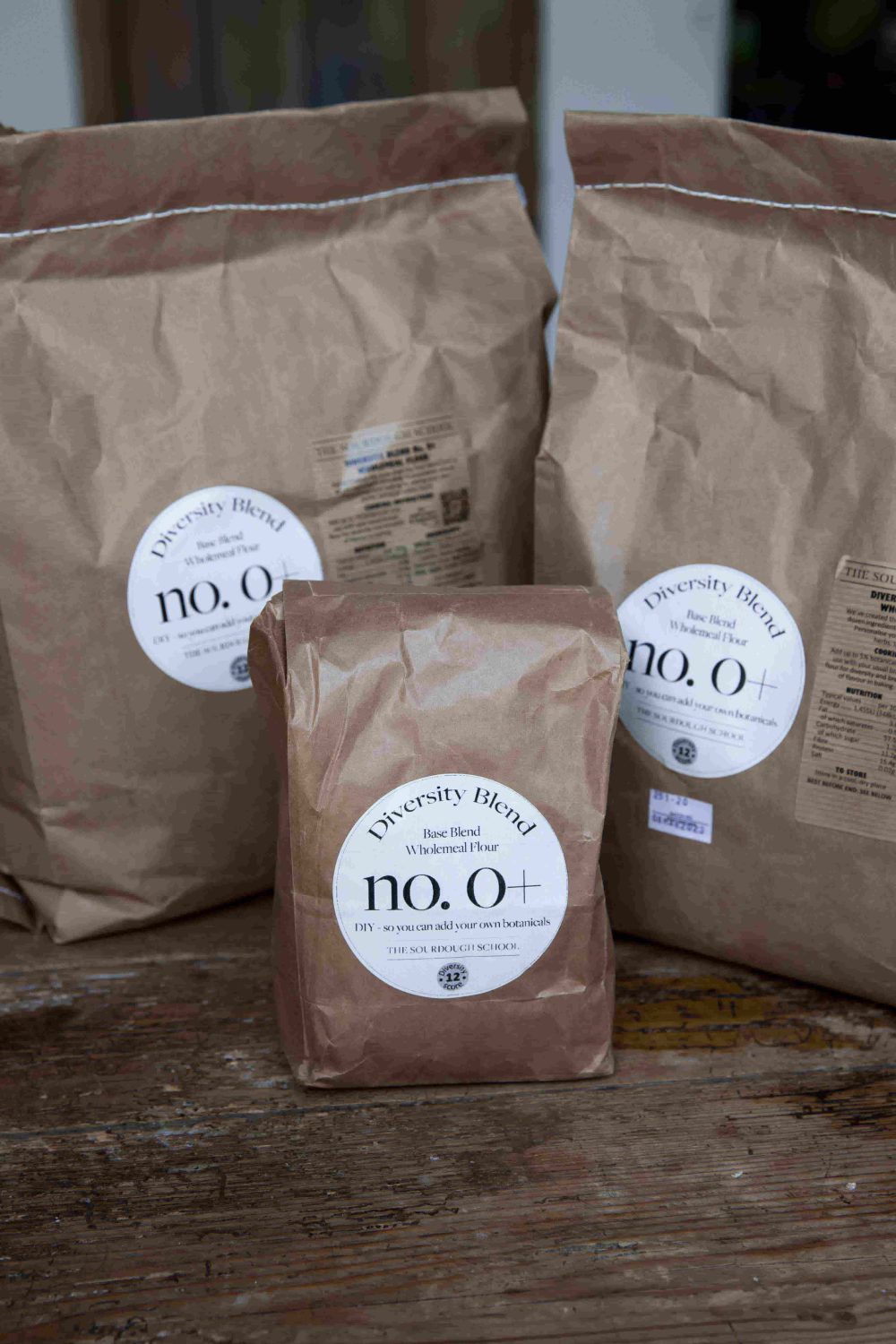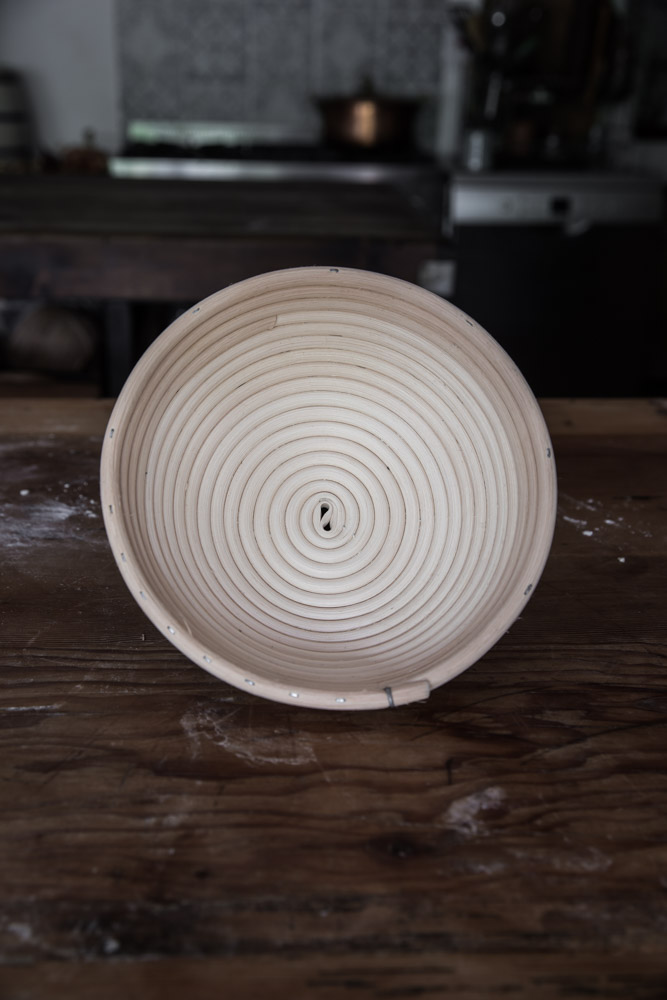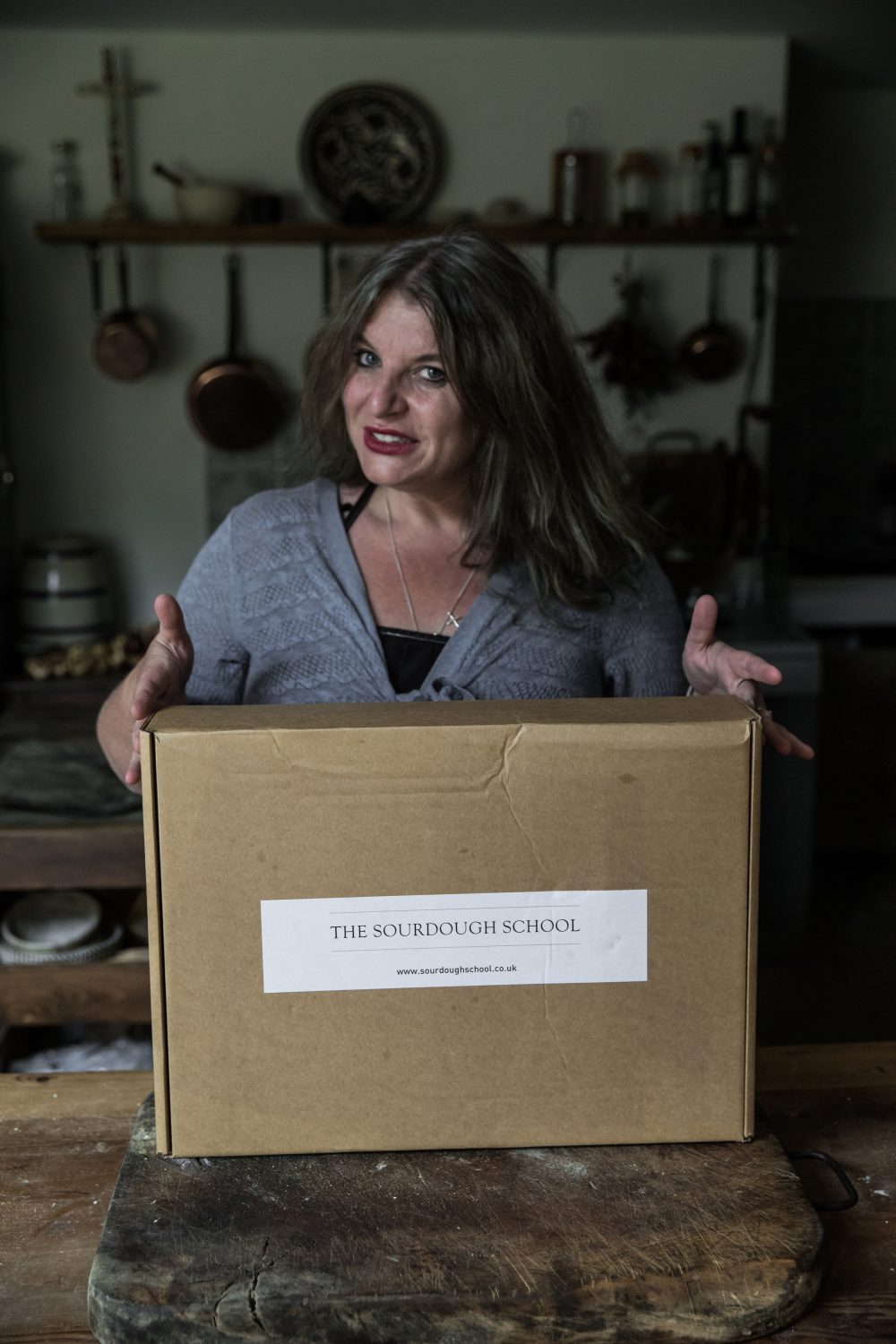What Is a Chef in Sourdough Baking?
In sourdough traditions, the word “chef” does not mean a professional cook. Instead, it refers to a small piece of fermented dough aka your sourdough starter, kept aside from one bake to start the next. This chef acts as the seed for new dough, carrying forward wild yeasts and lactic acid bacteria that ferment the bread naturally.
How a Chef Works in Practice
When a baker saves a piece of dough, it contains an active mix of yeasts and bacteria. Added to fresh flour and water, the chef begins fermenting the new dough almost immediately. This technique ensures continuity, as the microbial community is passed from one bake to the next.
The process resembles what we now call a sourdough starter, although the chef is usually a direct carryover from dough rather than a separate, maintained culture.
Why the Chef Method Matters
The chef method is one of the oldest ways of preserving fermentation from bake to bake. It highlights the sustainable and cyclical nature of sourdough, long before commercial yeast existed. The approach helps bakers maintain consistency in both flavour and rise, while keeping alive the microbial community.
At The Sourdough School, we explore the chef method alongside other traditional techniques in our Diploma, retreats, and workshops. For those who prefer shorter introductions, our One-Day Introduction course covers the basics of fermentation and starter care.

Chef, Starters, and Proven Bread
While modern bakers often maintain a separate starter rather than using a chef, the principle remains the same. Each bake builds on the last, with living microbes at the core.
If you’d like to experience the benefits of long fermentation without maintaining a starter yourself, our Proven Bread subscription delivers naturally leavened loaves direct to your door. Each slice contains 6g of fibre and supports gut health as part of a 12-week programme.
 Caramelisation in Baking: Creating Sweet Flavours and Golden Crusts
Caramelisation in Baking: Creating Sweet Flavours and Golden Crusts


